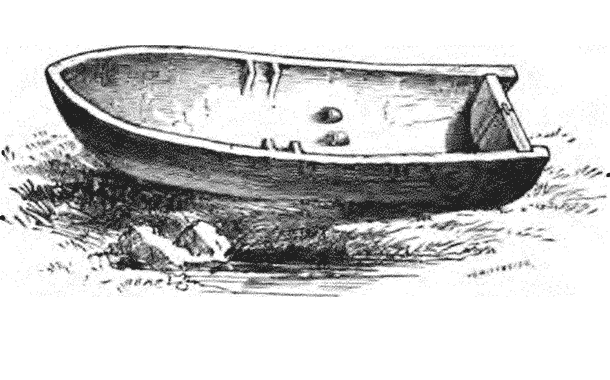<![CDATA[New studies show that New Zealand may have been colonized by early settlers who used sophisticated seagoing canoes and the wind blowing in their favour. Human history in New Zealand only started around 1200 to 1300. According to records, during this period of time brave Polynesian voyagers from distant islands arrived in the remote archipelagos by seafaring boats. That claim now has proof - an ancient canoe of about 600 years of age which was recently discovered on a New Zealand beach. The canoe has a turtle carved on the hull and was unearthed from a sand dune following a harsh storm. It was in the area close to the secluded Anaweka estuary (located on the South Island's northwest end) where the canoe emerged. The shipwreck was examined and reported to be very impressive compared to the other canoes that have been linked previously to this era in New Zealand's history. In a separate investigation, it has been discovered that a distinct climate anomaly during the thirteenth century in the South Pacific, could have been the reason why it became so easy to navigate to New Zealand. A senior research fellow from the University of Auckland stated that the canoe is so big and obviously carefully constructed that its magnificence took his breath away. The canoe's hull measures around 6.08 meters or 20 feet in length and is made of black pine or matai. The interior of the boat has carved ribs, and there are indications of reuse and repair. The carbon dating test performed showed that the last caulking of wads of bark on the vessel was done in 1400. Researchers have concluded that the hull may have had a twin, and it was actually a double canoe, although the possibility of a single canoe with an outrigger is not being dismissed. If it was a double canoe, then the boat must have had a deck, a pitched forward sail and a shelter - a design that is similar to the historic boats discovered in the Southern Cook and Society Islands. It has been identified that these are the islands where New Zealand's indigenous people came from. What's really surprising about the newly discovered boat is that it is obviously a lot more sophisticated than others that were described centuries ago by the first European settlers in New Zealand. This is further proof that the vessel could have originated from within the Polynesian region. The recently discovered vessel - with its big and hollowed-out parts and sophisticated inner ribs - looks like a combination of traditional plank technology, adjusted to the resources that were available in New Zealand. Further proof pointing to the Polynesian origin of the boat is the turtle carving. This design was rarely present in the carvings from pre-European New Zealand, but quite widespread elsewhere in the Polynesian region. Polynesian mythology gives importance to the turtles, and they were used to represent gods and humans in artworks. Polynesian tradition also indicates that turtles can only be eaten by the elite members of society.]]>
New Zealand Discovers a 600-Year-Old Canoe
